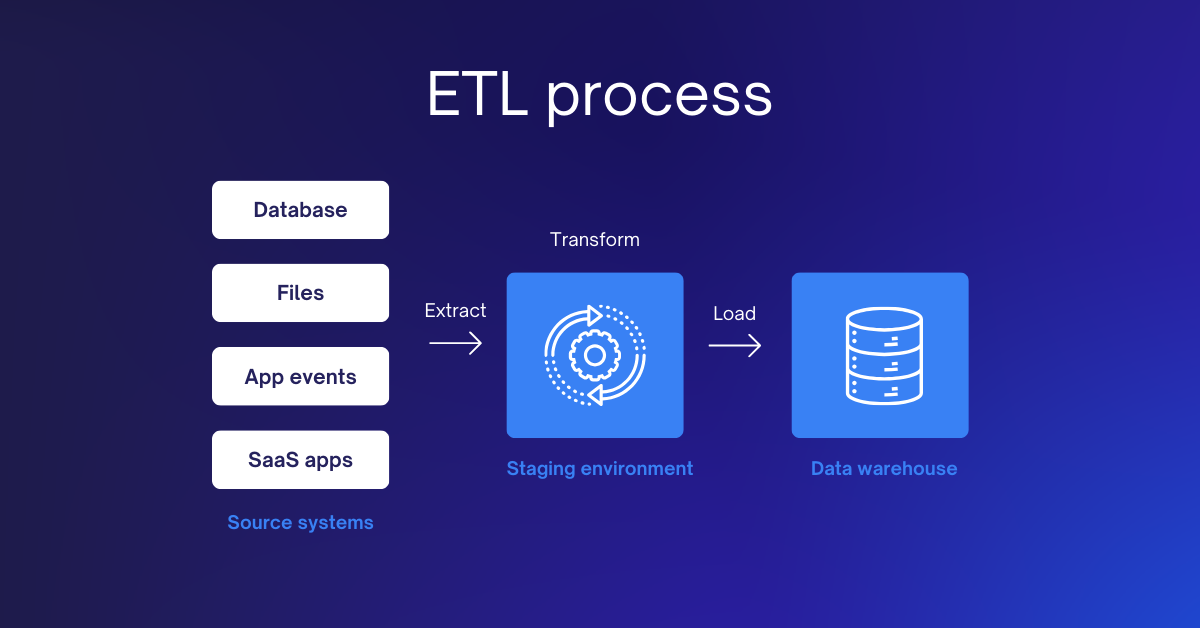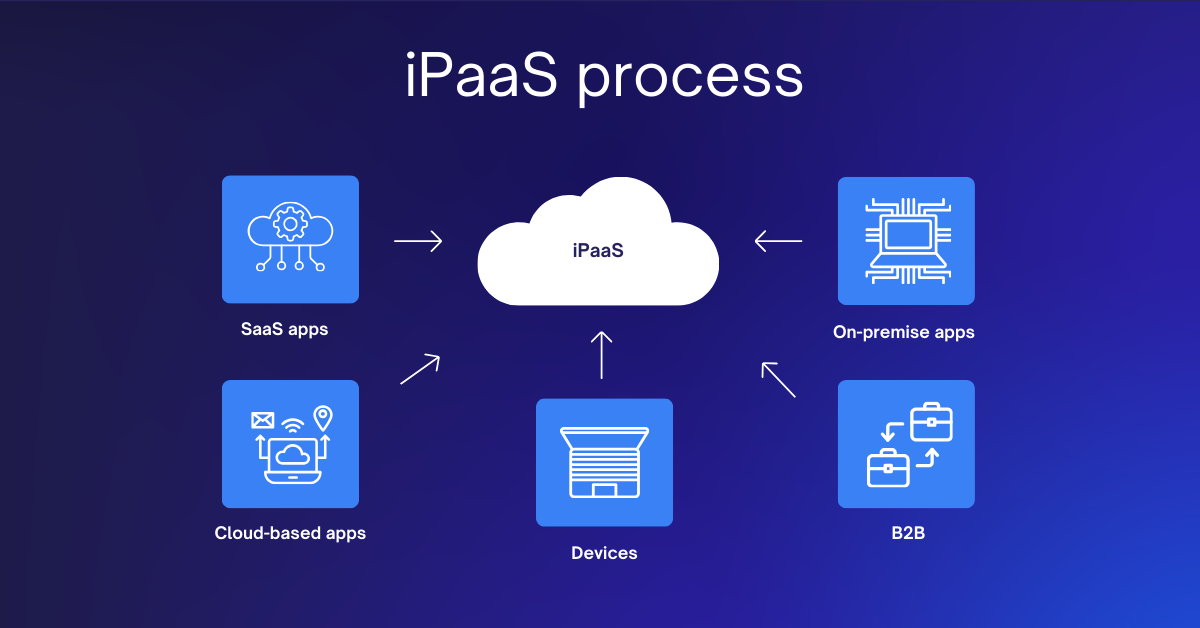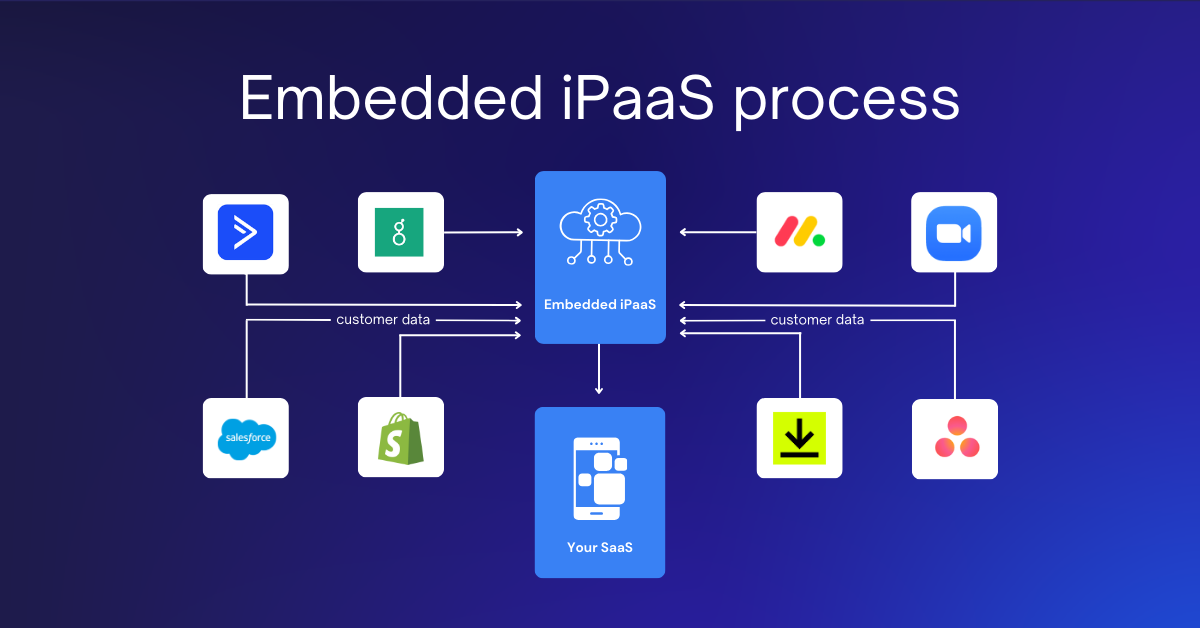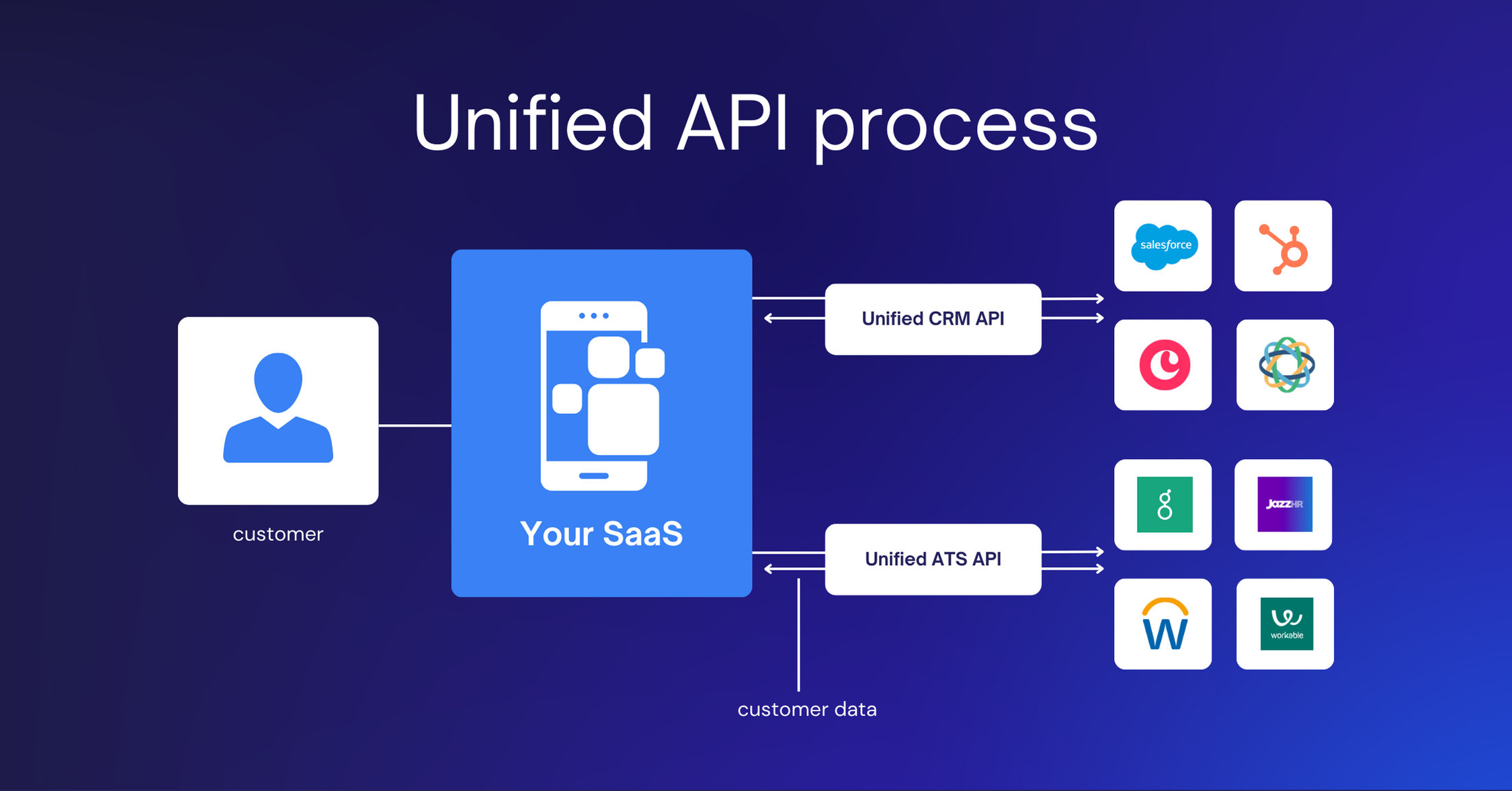Building your integration strategy: a deep dive into integration technology
November 2, 2023
The shift from iPaaS to Unified APIs represents more than an improvement to integration technology; it is a fundamental change in how efficiently software companies access and leverage third-party data.
Today, there are more than 30,000 SaaS companies worldwide, creating an interdependent ecosystem where SaaS providers rely on related third-party products to power fundamental functionalities in their products. For example, a payroll software product depends on employee data from integrations with HRIS systems to issue automated employee payments. Access to third-party data is no longer a strategic choice but a fundamental necessity of any modern SaaS solution.
Traditional API integration development that requires months of a development team's time to build a single native integration is no longer sufficient for the escalating integration demand from customers, a rapidly expanding SaaS market, and software companies that aim to scale and serve a broader customer base while reducing the total cost of ownership (TCO).
From iPaaS to Unified APIs, there have been several technological strides designed to alleviate integration development challenges for developers. In this deep dive, we'll explore the evolution of integration solutions with a focus on the strategic and technological implications.
1. ETLs: Laying the foundation

Definition: ETL (Extract, Transform, Load) is a traditional approach to data integration that involves extracting data from various sources, transforming it into a consistent format, and loading it into a target data warehouse.
Background: The concept of ETL has been around for several decades, and its origins can be traced back to the early days of data processing and integration, first gaining prominence in the 1970s and 1980s with the rise of data warehousing.
Benefits:
- Data Consolidation: Combine data from different sources into one central repository.
- Batch Processing: Handle large volumes of data at scheduled intervals.
Drawbacks:
- Latency: ETL processes are typically batch-oriented, leading to delays in data availability.
- Complexity: Designing and maintaining ETL workflows can be complex, requiring specialized skills.
Primary use case: ETL works well for internal use cases within a company for data reporting, business intelligence, and internal analytics.
ETL examples: Informatica, Talend, Microsoft SSIS
Key considerations:
- Data transformation capabilities: Ensure the data can be prepared and shaped according to your company's requirements.
- Ease of use: The overall user experience influences the efficiency of designing, monitoring, and managing ETL workflows.
- Data sources and connectivity: The ETL tool's ability to connect to a wide range of data sources is essential to ensure comprehensive data integration.
2. iPaaS: Bridging the cloud divide

Definition: Integration Platform as a Service (iPaaS) is a cloud-based way to connect apps, data, and processes in one platform.
Background: iPaaS builds on the foundation laid by traditional ETL processes. It started in response to the more complex IT world and demand for agile, cloud-focused solutions around the late 2000s.
Benefits:
- Cloud-native: iPaaS solutions leverage the scalability and flexibility of cloud infrastructure.
- Real-time integration: Supports real-time data integration and communication between cloud and on-premises systems.
Drawbacks:
- Customization limitations: Some iPaaS solutions may have limitations when it comes to highly customized integration scenarios.
- Developer effort: Developers will need to integrate each connection individually, adding complexity to the implementation process.
Primary use case: iPaaS works well for companies moving to the cloud and needing flexible integrations, such as hybrid cloud setups. While it's ideal for internal needs, iPaaS can also help with building external integrations for suppliers, partners, and customers.
iPaaS examples: Boomi, MuleSoft, Zapier*
- Zapier falls under the category of iPaaS as it's a cloud-based approach to integrations but with the distinction of allowing a wide range of users, including non-developers, to build integrations without coding.
Key considerations:
- Connectivity and compatibility: Ensure the iPaaS solution can support many different third-party systems.
- Scalability and performance: Ensure the iPaaS solution can handle more data and increased integration needs as your company grows, especially real-time integration needs.
- Developer experience: Assess how easy it is for developers to use, considering visual design options, low-code/no-code features, and clear documentation.
3. Embedded iPaaS: Integration at the application level

Definition: Embedded iPaaS refers to adding ready-made integrations directly into applications (or products), enabling seamless connectivity without needing other platforms or third-party API providers.
Background: Embedded iPaaS is a more recent development (late 2010s) that brings integration capabilities directly into the applications themselves, catering to the growing demand for seamless and embedded connectivity features within specific software applications.
Benefits:
- Simplified user experience: Integration becomes a native part of the application, reducing the need for end-users to switch between different interfaces.
- Faster time-to-market: Accelerates the development process by eliminating the need to build integrations from scratch.
Drawbacks:
- Limited flexibility: Might lack the customization options available in standalone iPaaS solutions.
- Developer effort: iPaaS data is not normalized and still involves data mapping and development for individual integrations, adding to implementation complexity.
Primary Use Case: Embedded iPaaS works well for software companies looking to enhance their applications with built-in connectivity features without relying on third-party API providers.
Embedded iPaaS Examples: Cyclr, Paragon, Pandium
Key considerations:
- Seamless integration: evaluate how seamlessly the embedded iPaaS integrates within the existing workflows of your application.
- Flexibility and extensibility: Ensure the embedded iPaaS solution provides the flexibility needed to support a variety of integration scenarios.
- Engineering resources: Consider the level of internal expertise and engineering resources you have available.
4. Unified APIs: Accelerate seamless integrations

Definition: Unified APIs provide a standardized interface that aggregates multiple APIs into a single, cohesive endpoint that simplifies the integration process.
Background: The rise of Unified APIs (late 2010s/early 2020s) is closely tied to the broader trends in API management, microservices architecture, and the increasing adoption of APIs. Not all Unified APIs have emerged from ETL or iPaaS technology; some stem from different frameworks like Unification Architecture.
Benefits:
- Consistent Interface: Presents a unified interface for developers, regardless of the underlying complexity of integrated systems.
- Agility: Allows companies to adapt quickly to changing business needs by easily adding or modifying integrations.
- Faster time-to-market: Accelerates the development process by eliminating the need to build integration from scratch and facilitates the ability to deploy multiple integrations simultaneously.
Drawbacks:
- Dependency on API availability: Relies on the availability and reliability of the underlying APIs.
- Potential feature gaps: Unified APIs might not cover every feature or functionality needed for a specific integration.
Primary use case: Unified APIs are ideal for external use cases such as adding a high volume of third-party integrations for your customers or building feature-rich applications.
Examples: Apideck, Merge, Unified.to*
- While Unified.to is a Unified API it did not evolve from ETL or iPaaS technology but is instead built with Unification Architecture that uniquely provides developers with a fully unified solution, including unified API endpoints, webhooks, data models, authorization, and permission scopes, which further simplifies developer effort and increases flexibility to cater to diverse use cases and integration scenarios.
Key considerations:
- Level of unification: Consider how well the Unified API provider covers all aspects of integration, including data models, authorization, and webhooks.
- Developer experience: See how easy it is for developers to use, considering the speed of implementation compared to traditional methods.
- Security: Ensure the Unified API provider prioritizes security and safeguards the integrity and confidentiality of data being processed.
Choosing the right integration technology
As the SaaS industry continues to grow and become increasingly interconnected, the choice of integration technology becomes a critical decision.
While ETLs excel in batch processing and data consolidation, and embedded iPaaS eliminates the need to rely on separate third-party API providers, Unified APIs present a modern solution, enabling developers to deploy multiple customer-facing integrations all at once and extend product functionality, without compromising their core product roadmap.
Choosing the right integration technology for your SaaS company will depend on your goals, resources, and use cases.
The Unified.to difference
Unified.to is a next-generation Unified API developer platform built to make it easy to add integrations to your SaaS product, without roadmap delays or integration complexity.
- Launch 190+ integrations simultaneously: Access SaaS integrations across categories like ATS, CRM, HR, Authentication, Enrichment, and Ticketing.
- Unified.to is a truly unified solution with everything in one place: API endpoints, data models, webhooks, authorization, and permission scopes.
- Secure by default: Unified.to's advanced security principles ensure your customer data is never stored on our servers.
- Make your front-end one less thing to think about: Unified.to has low-code authorization and user onboarding UI embeds.
Ready to reach your integration potential? Sign up for a free tester account or speak with an integration expert.
By: Kailah Bharath, Head of Marketing at Unified.to
